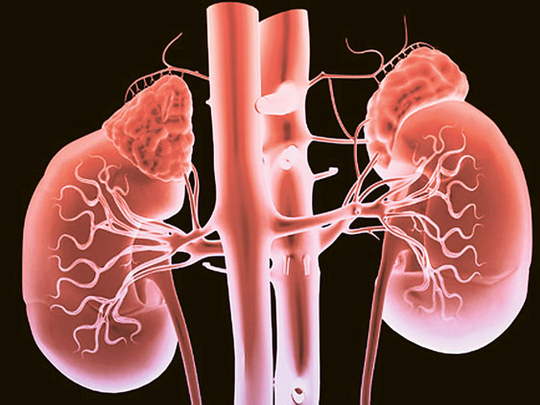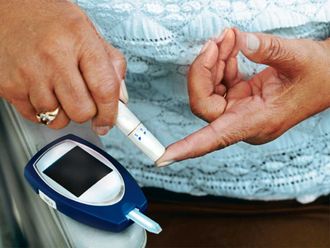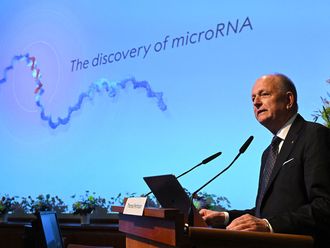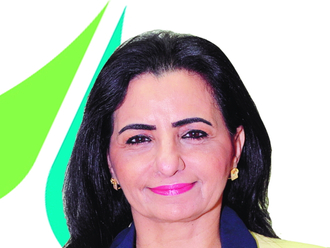
Patients who are lucky enough to get a transplant for a failed organ usually face a lifetime on anti-rejection drugs, which are expensive, dangerous and not always effective. But in the future, those drugs may not be needed. A new study suggests that patients receiving an organ that is less than a perfect match can be protected against rejection by a second transplant — this time of the organ donor's imperfectly matched stem cells.
Though preliminary, the new study is being hailed as a potential game-changer in the field of transplantation. The small pilot study, reported recently in Science Translational Medicine, describes a novel regimen that combined old-fashioned cancer treatments with 21st-century cell therapy to induce five patients' immune systems to accept donor kidneys as their own despite significant incompatibility.
If the technique proves successful in a larger group of people, future transplant patients may need to take anti-rejection drugs only briefly, and some who rely on them now could discontinue them safely. The recipients of kidneys and other organs, including heart, lung, liver and pancreas, may also benefit from access to a wider pool of organs. The strategy could offer hope, too, for patients receiving bone-marrow transplants to treat blood cancers, speeding the process of finding a donor by allowing physicians to use stem cells that today would be rejected as incompatible.
"Few transplant developments in the past half-century have been more enticing," wrote pioneer transplant surgeons James F. Markmann and Tatsuo Kawai of Massachusetts General Hospital, in a commentary accompanying the study. If borne out, they wrote, the findings "may potentially have an enormous, paradigm-shifting impact on solid-organ transplantation". The new research builds upon a handful of landmark studies that have begun to show how best to trick the human immune system into accepting and defending both a foreign organ and a patient's own tissues after a transplant, a quest that stretches back decades.
In the study, eight patients with kidney failure received kidneys that were less-than-perfect matches. All came from living donors, and in four cases the donor was related to the recipient. The extent to which the organs were incompatible varied from minimal to extreme; one patient's kidney matched on five out of six "human leukocyte antigens", or HLAs. The others were compatible on no more than three HLAs.
Five of the study's participants — two women and three men from 35 to 46 years of age — despite receiving the least compatible kidneys, were able to discontinue their use of immunosuppressants completely after a year. They did not show any signs of rejecting their organs during follow-ups.
Dr Abraham Shaked, chief of the University of Pennsylvania's Department of Transplantation Surgery, who was not involved in the study, said uncertainties persist: It is not clear, for one thing, whether patients who are enabled to tolerate a mismatched kidney also have weakened "early warning" responses to infections and cancers. Still, he called the results "remarkable" and "beyond expectations". The team, led by transplant specialist Dr Suzanne T. Ildstad, director of the Institute for Cellular Therapeutics at the University of Louisville in Kentucky, first prepared each patient with whole-body irradiation and several days of chemotherapy to suppress an immune response and make space in the blood for a new army of immune cells.
Two days after the kidney transplant, patients got an infusion of bioengineered immune cells from the kidney donor. But Ildstad's team defied a cardinal rule: to never transfer an incompatible HLA match from one person to another because it will rarely take. They got away with it — no patients died and five developed tolerance for their kidney — through tweaking the mix of donor cells transplanted into the patient. In a controversial move to protect their commercial interest in the newly described therapy, the authors declined to detail what those cells were and how they are identified and treated.












